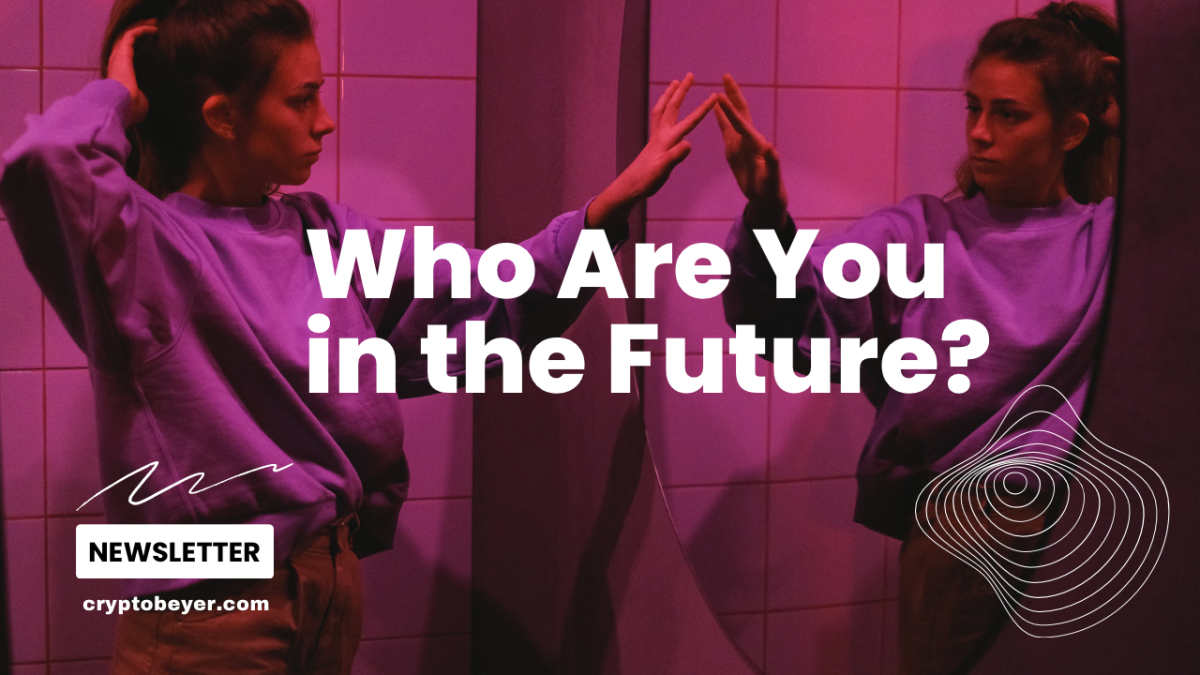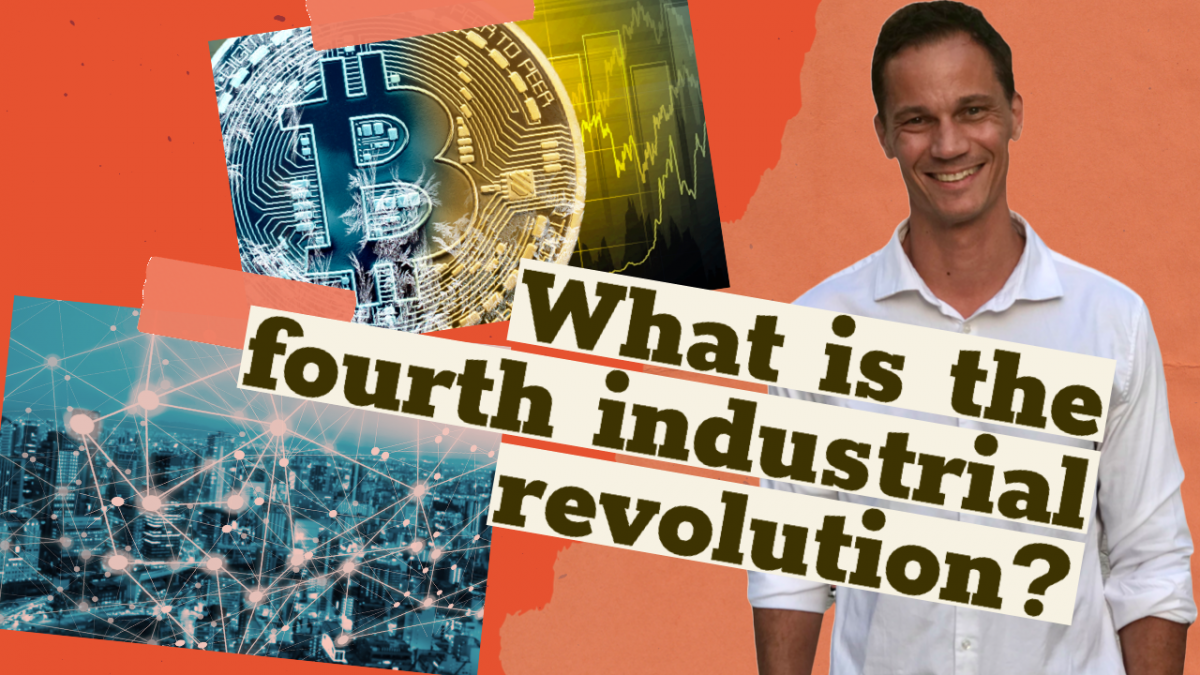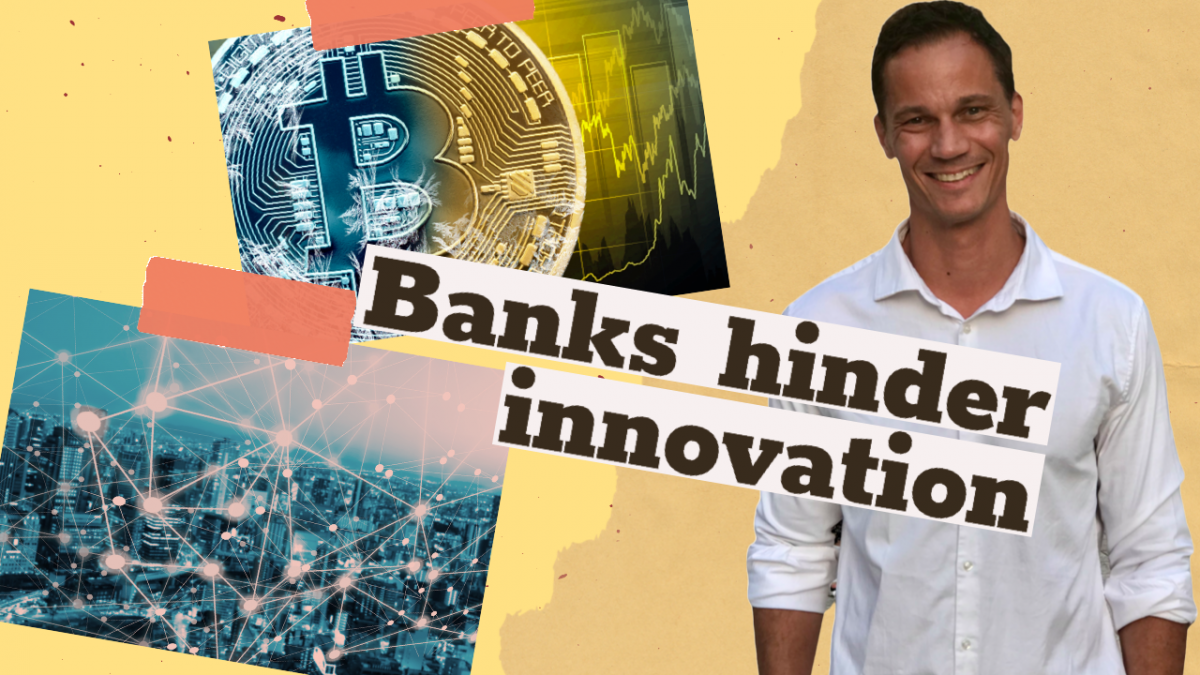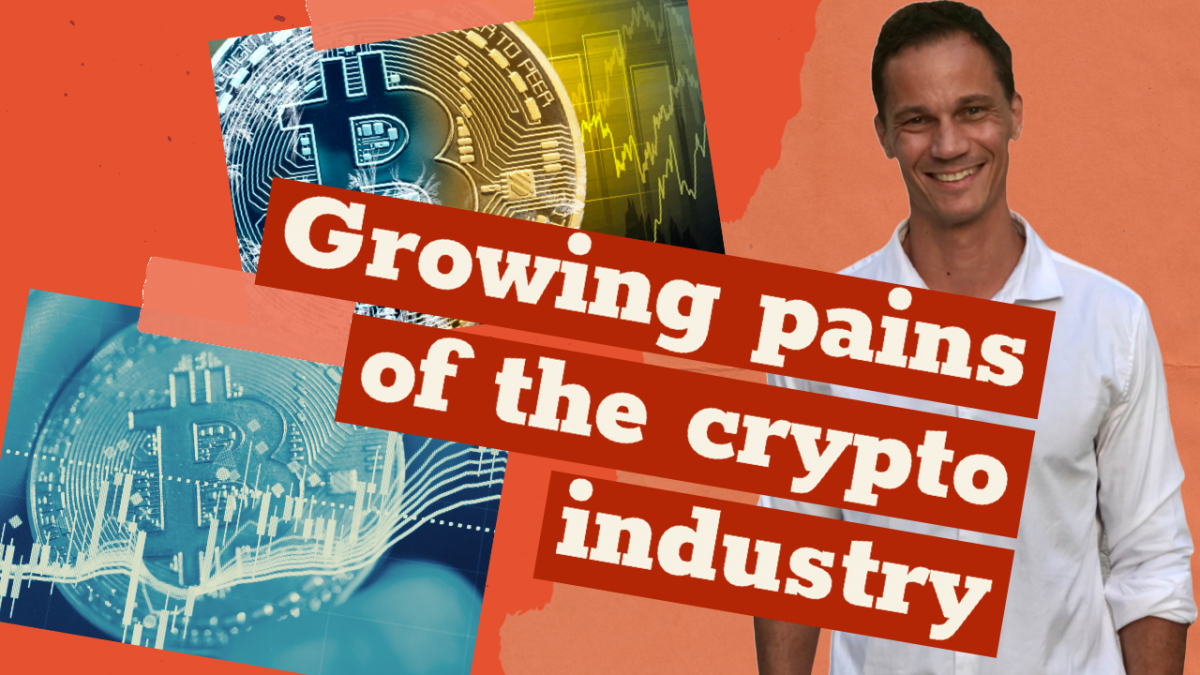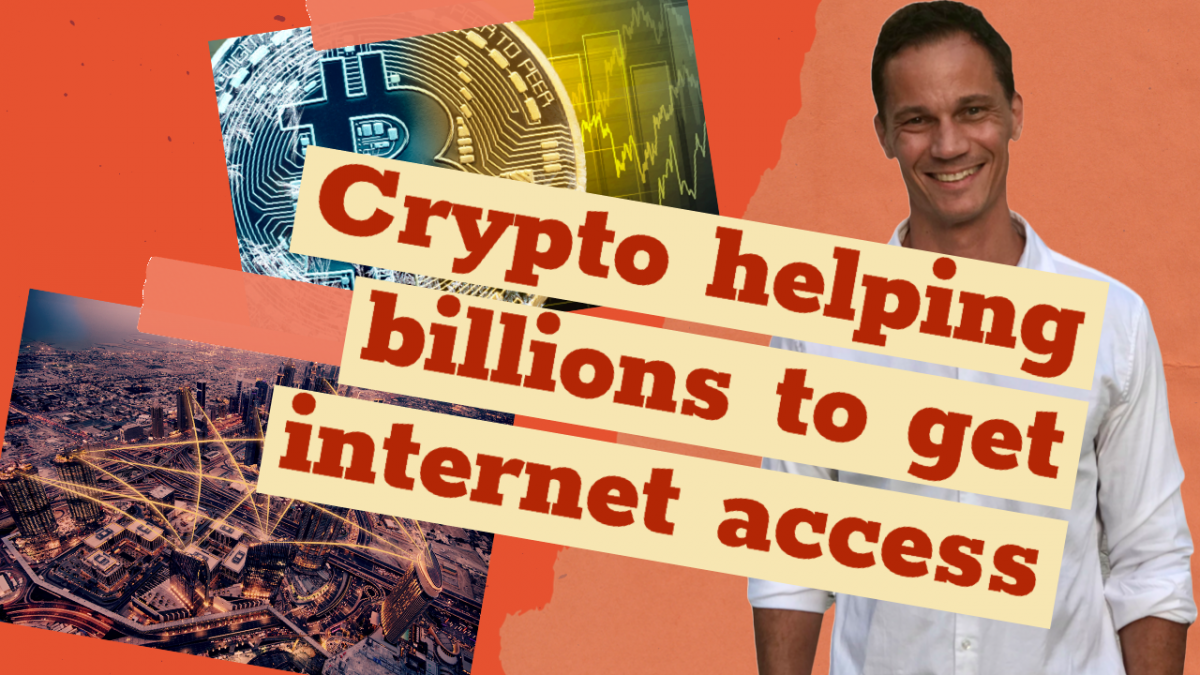A virtual you and a real you. Hang on! Who are we really? Our sense of selves is rapidly turning individualistic and complex. Who are we in the future?
KEY TAKEAWAYS
The fourth industrial revolution is quickly changing our sense of self. Hyper-personalization and technology provide new ways of identifying ourselves. Our identity is no longer just based on reality as our digital selves are kidnapping our attention. What is real and what is not may cause an identity confusion.
If we travel back in time to prehistoric humans, the group was particularly important for our survival. Man originated in Africa about 200,000 years ago and it took about 100,000 years before we left Africa. During these first 100,000 years humans lived as hunters and gatherers. Man lived largely as nomads and formed bans or groups of 20–40 people and their focus for survival was to get along within the group. Everyone had his or her own sense of identity within the group. Some were strong hunters, and some were observants scouts looking for threats. Anthropologists claim that societies were largely egalitarian and with no dominant rulers. They can be claimed to have been people without politics. The key point is that a considerable part of humans back then were not highly influenced by social/cultural development.
In short one may claim that the development of human social organization started as band societies and then turned into tribe societies where they started to settle down and grow their own food instead of hunting. Some 7,500 years ago cheifdoms started to emerge and people started to organize themselves into thousands. It was not until about 5,000–6,000 years ago that a version of the first states appeared. Since then we are accustomed to partly identify ourselves with our national citizenship and its language and culture.
Our sense of identity is shaped by social interactions, ethnicity, language, and cultural preferences as well as by technological developments.
It is scary how short of time the so-called modern human has lived. It was not until about 1750 that the first industrial revolution started. It’s even more scary to consider how greatly the fourth industrial revolution have shaped our sense of identity. Consider this question.
Are we shaping our digital identity or are we shaped by our digital identity?
Since the inception of the fourth industrial revolution in 2014 human sense of identity has gone through rapid developments. The trend towards hyper-individualization started in web2 as we started self-tracking through social media. Suddenly it was normal behavior to take selfies… As our digital identity started to emerge, we quickly chose which community we identified ourselves with. We showed our identity by joining communities online or used hashtags. Fitness enthusiast posted photos of their bodies and those sharing the identity as a foodie presented their cooking skills in social media. At some point our strife to find and show off ourselves took a bad turn. Our digital selves kidnapped our real selves by using notifications and likes to make us addicted to our online existence. Suddenly our real self is not enough and we develop a need to check our avatar to get more approval for our sense of identity.
In web3 our sense of identity will be even more individualized. We will need to own digital clothes that are presentable for our professional and personal selves. It will be important to consider how we present ourselves in the metaverse and our sense of self will expand to a digital self. Some will live through their online sense of selves.
The question is when it all gets unhealthy!?
Having a sense of self is a key component of mental health. How much will it matter if we have the wrong kind of shirt at a professional digital meeting? It is also important to consider how fragile our sense of self is as we measure ourselves through a digital existence through likes and virtual approval. As hyper-individualization is taking over we will have unlimited ways of finding and showing off our sense of selves. Gone are the days when it was more than enough to be a hunter gatherer.
We do not have to be dystopian to be worried about our future selves that also need to consider who we are in a pretend world. Or is web3 reality? I have one message to my future self. I am neither what I identify with in reality or in the virtual world. I am not something of life. I am life.

